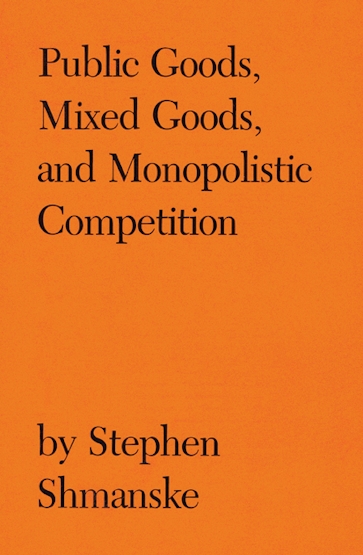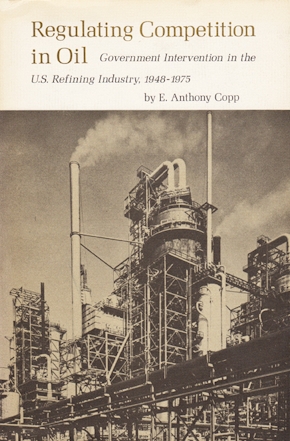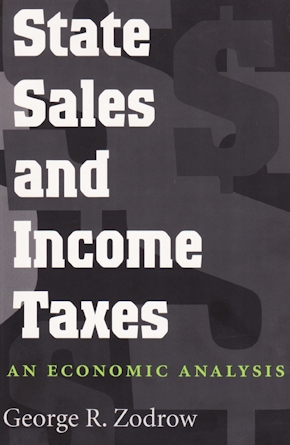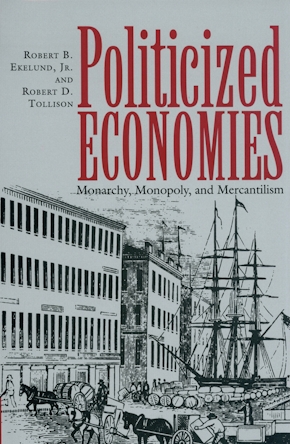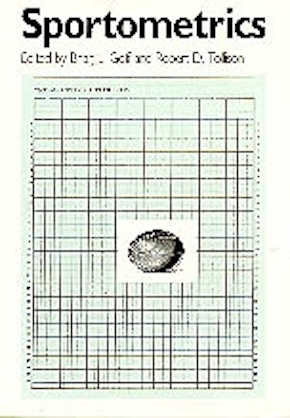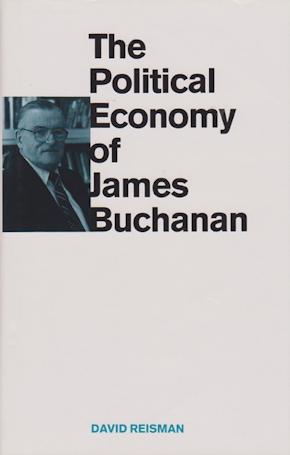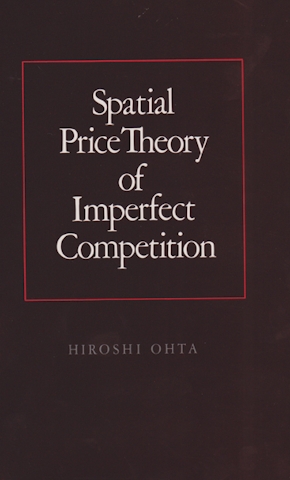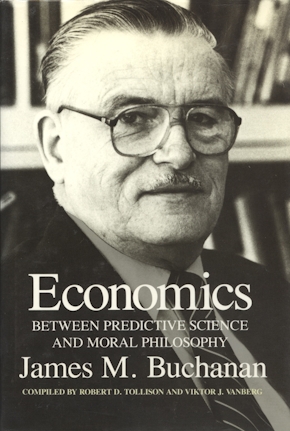Public Goods, Mixed Goods, and Monopolistic Competition
978-0-89096-464-4 Cloth
6 x 9 x 0 in
240 pp. 10 b&w illus.
Pub Date: 06/01/1991
Available
BUY NOW
- Cloth $45.00 x
The author argues first that the generic model for public goods has two dimensions of consumption but that public goods models have usually ignored or simplified the utilization dimension. Furthermore, private goods models in the monopolistic competition vein also have two implicit dimensions of consumption, but again, one of the dimensions is treated in a very constrained fashion. As it turns out, between public goods and monopolistic competition, each model emphasizes the dimension that is ignored or simplified in the other. Thus, the general, mixed goods model draws from both traditions, using the results of one model to generalize and extend the other.
An immediate implication of the analysis is that the traditional models of public goods and monopolistic competition have focused on special cases and thus have provided misleading conclusions. Specifically, monopolistic competition and other models of differentiated oligopoly have reached conclusions in settings that emphasize uniform pricing despite the facts that (1) discriminatory pricing has been studied in competitive situations in public goods models, (2) discriminatory pricing is the more usual pricing method, and (3) the results obtained using uniform pricing do not generalize to more sophisticated pricing regimes. Meanwhile, public goods models have focused on special cases like national defense, where the results obtained do not generally apply in other public or mixed goods settings.
Shmanske's conclusions have great relevance to policy formation on public goods provision. Public goods and mixed goods are not curious anomalies; they are all around us, and in most cases competitive private sector agents can and have been providing public goods with no market failure. Professionals and scholars in the areas of public finance and industrial organization will appreciate Shmanske's careful critique of existing models and his rigorous conceptualizing and modeling of public goods in private markets characterized by monopolistic competition.
Texas A&M University Economics Series
About the Author
Published by Texas A&M University Press
